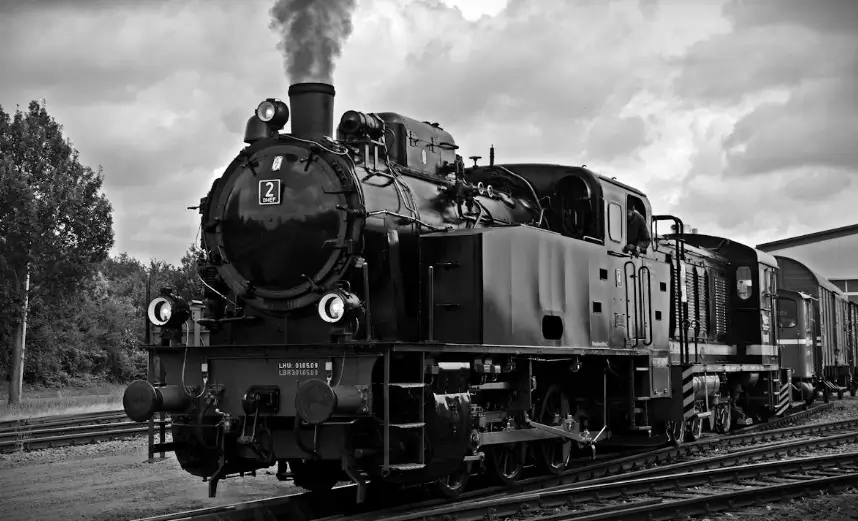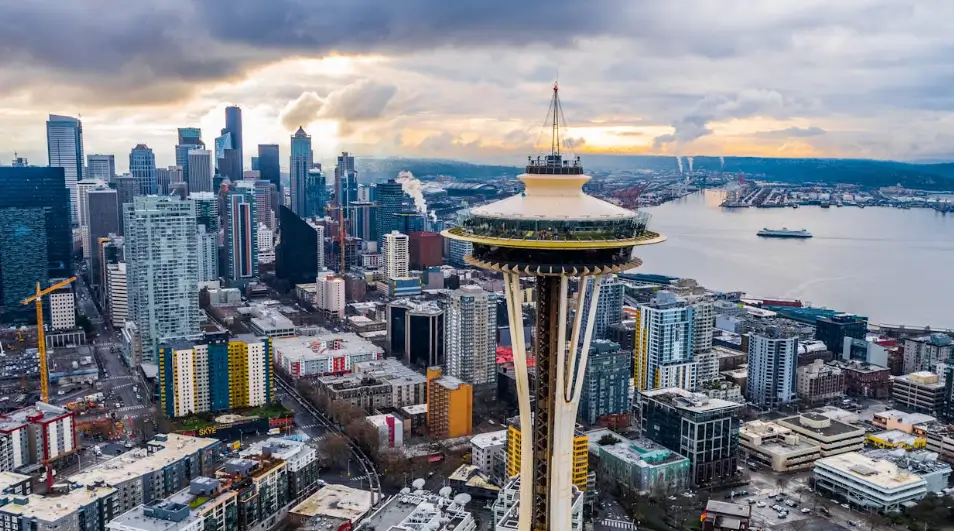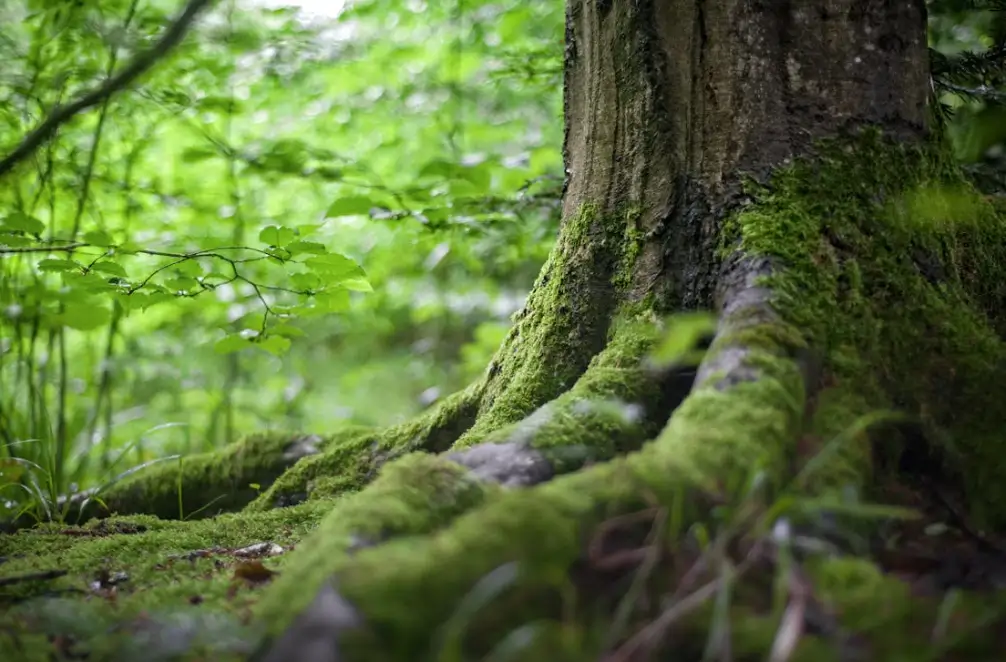Before cars ruled the streets and planes filled the skies, we had something quieter, and somehow more romantic.
The train.
Steel rails stitched together a country that once felt impossibly vast.
From coast to coast, towns sprang up where the tracks paused.
Every whistle meant connection. Connections to work, to family, to opportunity.
And then, almost overnight, we stopped listening.
The Golden Age That Vanished
At the turn of the 20th century, railroads were the heartbeat of America.
Cities like Chicago, St. Louis, and Atlanta grew around the rail lines that connected them to the rest of the country.
In 1920, more than 20,000 passenger trains ran daily across the country. Can you even imagine that? That's 20,000 passenger trains!

But by the 1950s, that rhythm began to fade.
Highways promised freedom. Airplanes promised speed.
And federal policy, intentionally or not, put the last nail in the coffin.
Eisenhower’s 1956 Federal-Aid Highway Act built the interstate system, reshaping everything around the car.
Rail faded from our identity.
Stations were demolished. Tracks pulled up. Tracks that, by the way, once crossed an entire country. Something many argue couldn’t be done today because of topographical and political barriers. But I digress.
We traded community for convenience, public space for parking space.
And for decades, it seemed irreversible.
The Turning Point
Fast forward to now, the story is changing.
Younger generations are driving less.
Climate awareness is driving infrastructure investment.
And cities that once ripped out their rails are quietly putting them back.
The 2021 federal infrastructure law dedicated $66 billion to improving passenger rail. That's the largest investment since Amtrak’s creation.
Projects like:
- Brightline: the country’s first privately funded high-speed rail in over a century, linking Miami to Orlando (and soon Tampa).
- California High-Speed Rail: connecting San Francisco to Los Angeles, finally giving the car a rival.
- Midwest expansions: Chicago to Minneapolis, St. Louis, and beyond.
- Amtrak’s Connect US plan: proposing over 30 new routes to reconnect cities cut off decades ago.
It's exciting to see that what started as nostalgia has turned into a genuine movement.

Why Trains Matter Now
When you think about it, rail hits every modern priority we talk about in planning:
Sustainability
Trains are one of the most efficient ways humans have ever moved.
They produce up to 83% fewer emissions per passenger mile than cars and planes, and they can run entirely on electricity. Often from renewable sources.
Because trains follow existing corridors, they don’t carve up new ecosystems or pave over farmland the way highways do. They move more people using less land, less steel, and less fuel.
A single rail line can replace the equivalent of several highway lanes’ worth of vehicle traffic, cutting down congestion and pollution.
And when people have access to reliable train service, they tend to drive less overall shrinking the daily carbon footprint without asking for major lifestyle changes.
It’s one of the few forms of infrastructure that fights climate change simply by existing.
Accessibility
A train station is one of the few places in America where everyone stands on equal ground.
No parking passes. No boarding groups. No need to own a $30,000 car just to reach another city.
You show up, step aboard, and go.
That simple act opens doors for millions, seniors who can’t drive, students without cars, workers priced out of city centers.
Trains connect the places planes skip and buses take too long to reach. They serve small towns as faithfully as big cities.
There’s dignity in being able to go where you need to, without asking permission.
When we invest in rail, we invest in freedom of movement for everyone, not just those who can afford gas, insurance, and flights.
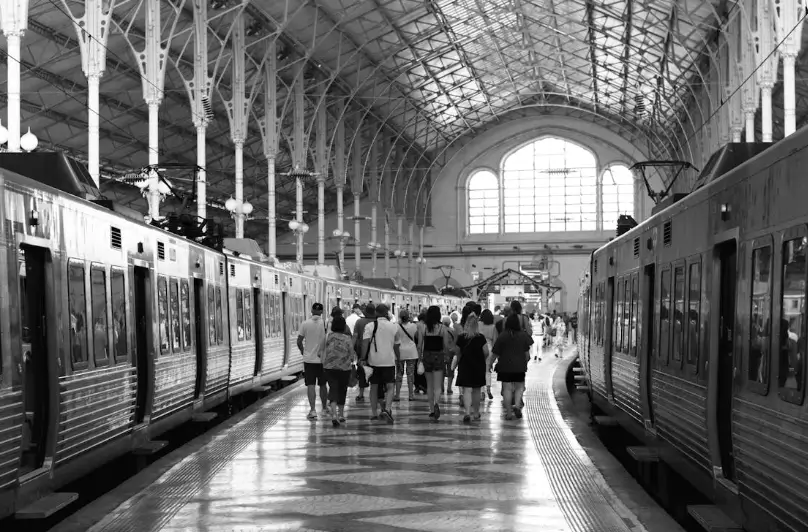
Urban Vitality
Each rail line leaves its mark, carving the form of the city that grows beside it.
Wherever a station is built, life tends to follow: housing, cafés, markets, offices, parks.
That’s the essence of transit-oriented development, compact, mixed-use neighborhoods built around access, not asphalt.
Instead of pushing growth outward, trains pull it inward, toward density and walkability.
They breathe life into main streets and downtowns that highways once drained.
People don’t drive past local shops, they walk by them.
They don’t park and leave, they linger.
The best station areas feel like small cities within the city, built for movement and conversation.
Culture
Trains remind us that travel doesn’t have to be frantic. It can actually be enjoyable (imagine that).
They make the getting there part of the story again.
When the world moves slow enough to see, you realize the trip was never just about getting there.
Each line carries history: the towns that grew beside the tracks, the people who once rode them, the stories they left behind.
In that way, trains reconnect us to something America lost, a slower, shared rhythm.
They turn distance into experience instead of delay.
They let us see the country, not just fly over it (how many times can you stare at clouds without it becoming boring).
And maybe that’s why their return feels less like an innovation and more like a homecoming.
Designing for the Return
Here’s the part where planners and designers come in.
To bring back trains is to bring back place.
Stations grow into the hearts of their communities, pulsing with life beyond the rails.
Transit corridors invigorate the development of housing, retail, and green infrastructure.
And connections between trains, buses, bikes, and sidewalks become effortless and almost intuitive.
That’s called transit-oriented development (TOD) and it’s gaining traction.
In Florida, Brightline’s stations in Miami and West Palm Beach sparked billions in nearby investment.
In Denver, Union Station’s redevelopment turned a once-empty rail yard into the beating heart of the city.
In small towns, even modest Amtrak stops are catalysts for downtown renewal.
Each project says the same thing: people will choose trains when cities make them worth choosing.

The Emotional Case
There’s something almost spiritual about trains.
They invite slowness in a culture obsessed with speed.
They remind us that connection can be as important as arrival.
When you sit by a window and watch the world slide by, trees, fields, small towns, you’re reminded of scale, distance, beauty, things that we don't readily associate with planes and highways.
You can breathe, think, talk, or do nothing at all.
Maybe that’s why this revival feels deeper than policy.
It’s movement that reminds us we were always connected.
To place, to people, to rhythm.
Why It Matters for Planners
This revival invites everyone who builds cities to be part of something larger.
Every new corridor needs zoning updates, station-area planning, and development frameworks.
Every revived depot needs adaptive reuse.
Every community along the line needs planners who understand how rail can reshape land use, housing, and accessibility.
This is planning’s second chance to get trains right, to make them the spine of cities again instead of an afterthought.
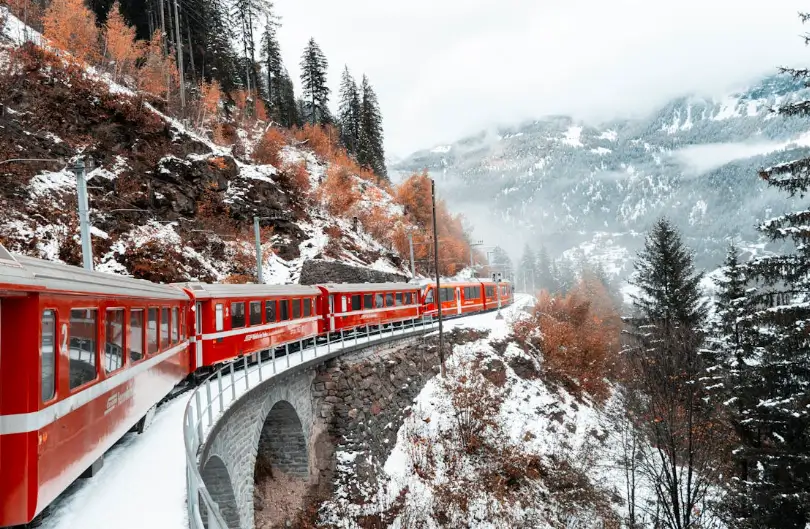
The Takeaway
Trains built the foundation of American life.
We forgot that for a while.
But the tracks are still there, buried under asphalt, waiting.
And now, piece by piece, they’re waking up again.
Maybe we needed to lose them to realize what they gave us:
a way to move without hurry,
to connect without chaos,
to see our country at human speed.
Because long before the car or the plane,
the train was how America dreamed of the future,
and maybe, how it’ll get there again.
%20(1200%20x%20237%20px)%20(300%20x%2059%20px).webp)
